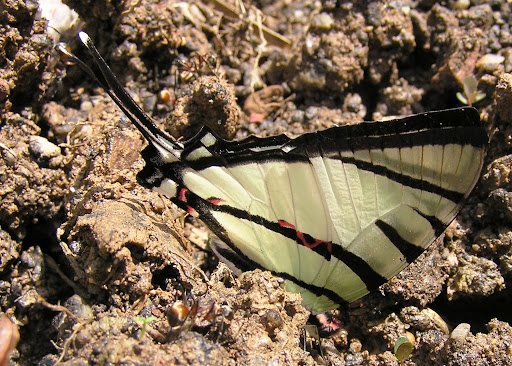Wednesday, March 12, 2008
European Starling
Sturnus vulgaris
 When I tried identifying this bird, the pointed yellow bill, pink legs, short tail, small body, geographic location and feather patterns all matched the European Starling, except for the iridescent purple and green colors which I failed to see in the photograph. I hope to have identified it right, but will be thankful to whoever can confirm it. While scavenging the internet for this one, I stumbled upon this useful website - whatbird.com, that has introduced a multimedia software program that bird watchers could use on a PDA to identify birds, generate vibrant bird calls, etc.
When I tried identifying this bird, the pointed yellow bill, pink legs, short tail, small body, geographic location and feather patterns all matched the European Starling, except for the iridescent purple and green colors which I failed to see in the photograph. I hope to have identified it right, but will be thankful to whoever can confirm it. While scavenging the internet for this one, I stumbled upon this useful website - whatbird.com, that has introduced a multimedia software program that bird watchers could use on a PDA to identify birds, generate vibrant bird calls, etc.
Inca Doves
The inca doves and pigeons are the most common birds around where I live, but these birds are shy, when compared to the lazy pigeons that they hang out with. These inhabit residential areas, and can be mostly seen feeding on the ground. These birds can very easily be identified by the scale-like pattern created by their broad, dark edged feathers. The reddish-brown color on the underside of their flight feathers are very apparent when they fly.
Monday, February 18, 2008
The Swallowtails

A swallowtail coat is waist length in the front and sides, and has two long tails reaching to the knees in back - this is probably where the swallowtail butterflies get their names. These are from the Papilionidae family that includes the largest butterflies of the world. Here are a couple of swallowtails that I found in Taman Negara.
Four-barred swallowtail

These butterflies are known to have anatomical differences from the rest of the butterflies, like the catterpiller having an extra organ - osmeterium behind its head, but the only apparent difference that I could use is the very obvious and distinctive swallowtail extension that the adults have in their hind wings. But I now read it is not even mandatory for all the swallowtails to be tailed - Talk about identifying butterflies!
Subscribe to:
Posts (Atom)